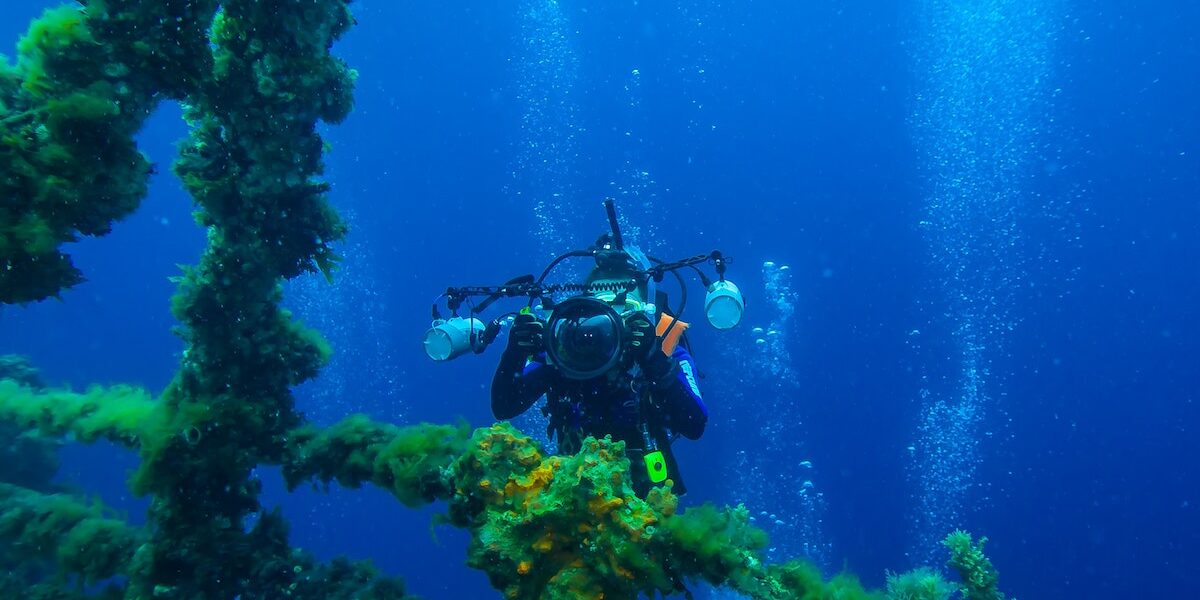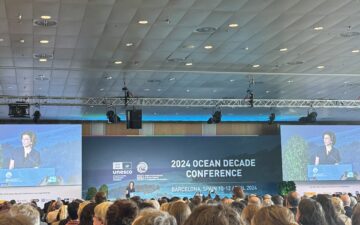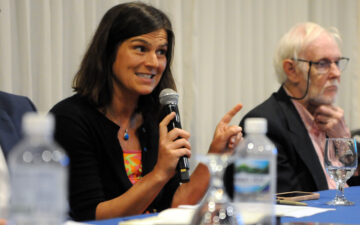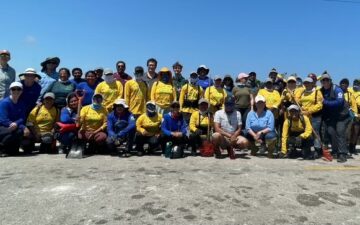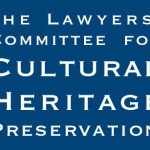
Each year at this time, we take time to remember the attack on Pearl Harbor that shocked the United States into the Pacific theater of World War II. Last month, I had the opportunity to participate in a convening of those who are still deeply engaged in the aftermath of wars past, especially World War II. The Lawyers’ Committee for Cultural Heritage Preservation held its annual conference in Washington, D.C. This year the conference marked the 70th anniversaries of the Battles of the Coral Sea, Midway, and Guadalcanal and was entitled From Plunder to Preservation: The Untold Story of Cultural Heritage, World War II, and the Pacific.

The first day of the conference focused on the effort to reconnect art and artifacts with their original owners after they were taken during the war. This effort sadly fails to mirror the effort to resolve comparable thefts in the European theater. The vast geographic spread of the Pacific theater, racism, limited ownership records, and a desire to befriend Japan as an ally against the growth of communism in Asia, all presented particular challenges. Unfortunately, it was also the involvement of Asian art collectors and curators in the repatriation and restitution who were less diligent than they should have been due to conflicts of interest. But we heard about the amazing careers of people such as Ardelia Hall who devoted considerable talent and energy as a one-woman repatriation effort in her role as the Monuments, Fine Arts, and Archives adviser to the State Department during and for years following WW II.
The second day was devoted to the effort to identify, protect, and study downed planes, ships, and other military heritage in situ to better understand their history. And, to discuss the challenge of potential oil, ammunition and other leaks from sunken ships, airplanes, and other craft as they decay in place underwater (a panel on which was our contribution to the conference).

World War II in the Pacific could be called an ocean war. The battles took place on islands and atolls, on the open ocean and in bays and seas. Fremantle Harbour (Western Australia) hosted the biggest Pacific submarine base for U.S. Navy for much of the war. Island after island became the stronghold of one opposing force or another. Local communities lost immeasurable portions of their cultural heritage and infrastructure. As in
all wars, cities and towns and villages were vastly changed as a result of artillery, fire, and bombing. So too were long stretches of coral reefs,atolls, and other natural resources as ships grounded, planes crashed, and bombs fell in the water and at the edge of the sea. More than 7,000 Japanese commercial vessels alone were sunk during the war.
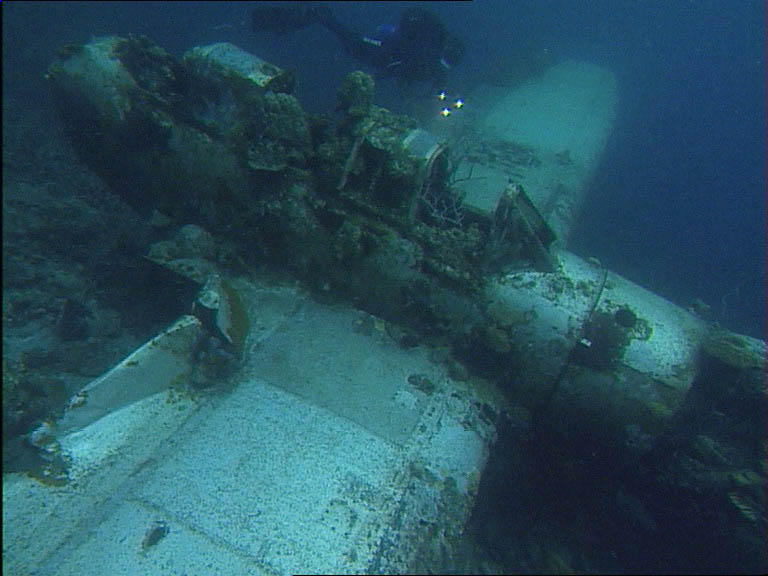
Tens of thousands of downed ships and planes are underwater and in remote areas all over the Pacific. Many of the wrecks represent the gravesite of those aboard when the end came. It is believed that relatively few are intact, and thus, relatively few represent an environmental hazard or an opportunity to solve any lingering mystery about the fate of a serviceman. But that belief may be hampered by a lack of data—we just don’t know exactly where all the wrecks are, even if we know generally where the sinking or grounding occurred.
Some speakers at the conference discussed the challenges more specifically. One challenge is ownership of the vessel versus territorial rightsover where the vessel sank. Increasingly, customary international law suggests that any government-owned vessel is the property of that government (see, for example, the U.S. Sunken Military Craft Act of 2005) —nomatter where it sinks, runs aground, or plies the ocean. So too is any vessel under lease to the government at the time of the event. At the same time, some of these wrecks have sat in local waters for more than six decades, and may even have become a small source of local revenue as dive attractions.
Each downed ship or plane represents a piece of the owning country’s history and heritage. Different levels of importance and historical significance are assigned to different vessels. President John F. Kennedy’s service aboard PT 109 may provide it with greater significance than the other couple of hundred PT’s that were used in the Pacific Theater.
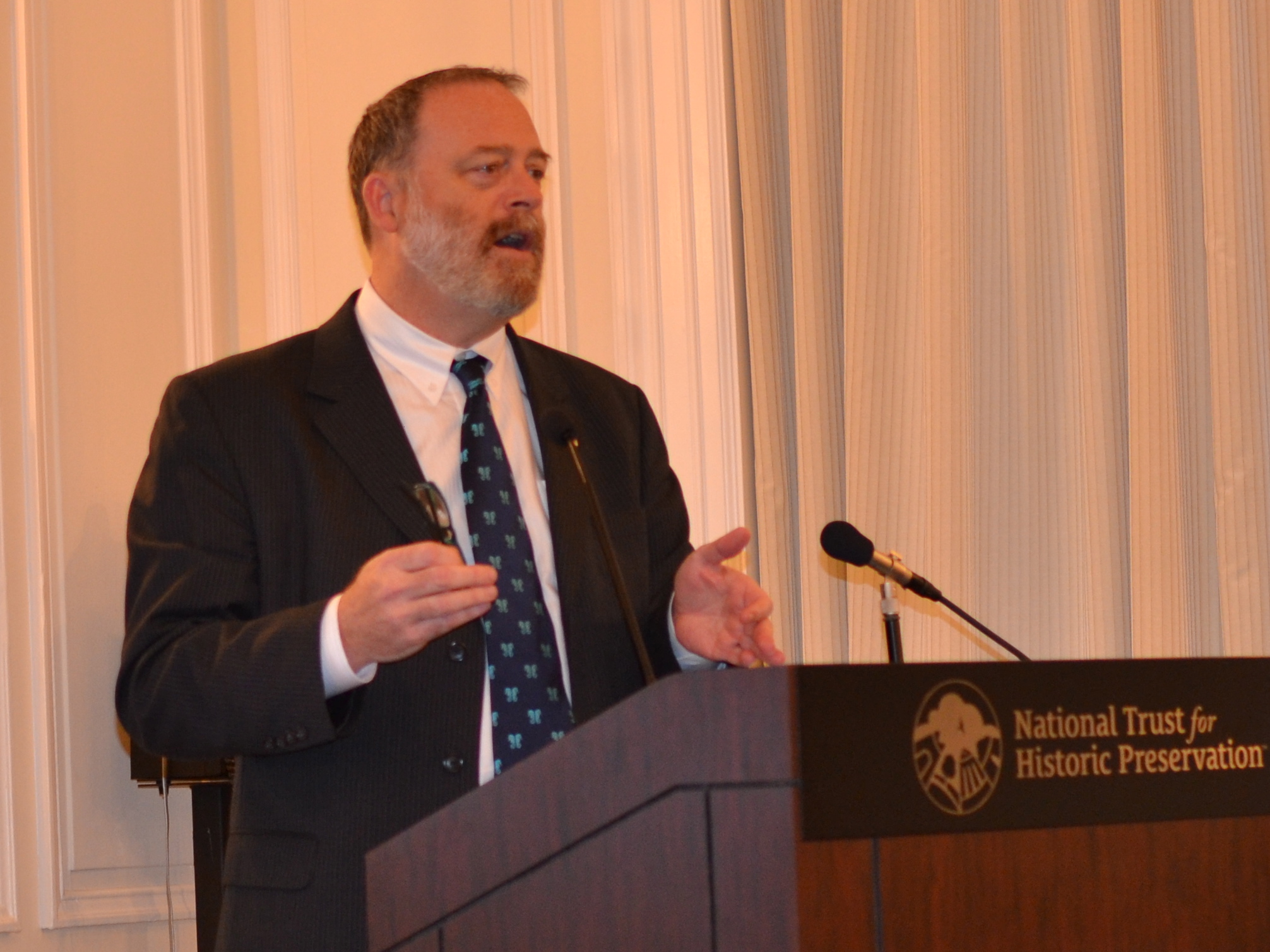
So what does this mean for the ocean today? I moderated a panel that looked specifically at addressing the environmental threat from ships and other sunk vessels from World War II. The three panelists were Laura Gongaware (of Tulane University Law School) who set the context with an overview of legal questions that may arise under U.S. and international law in addressing the concerns presented by a sunken vessel that is a potential threat to the marine environment based on recent paper she has authored with Ole Varmer (Attorney-Advisor International Section Office of the General Counsel). She was followed by Lisa Symons (Office of National Marine Sanctuaries, NOAA) whose presentation focused on the methodology that NOAA has developed to shrink the list of some 20,000 potential wreck sites in U.S. territorial waters to fewer than 110 that need to be more carefully assessed for existing or potential damage. And, Craig A. Bennett (Director, National Pollution Funds Center) closed with an overview of how and when the oil spill liability trust fund and Oil Pollution Act of 1990 can be used to address the concerns of sunken ships as an environmental hazard.
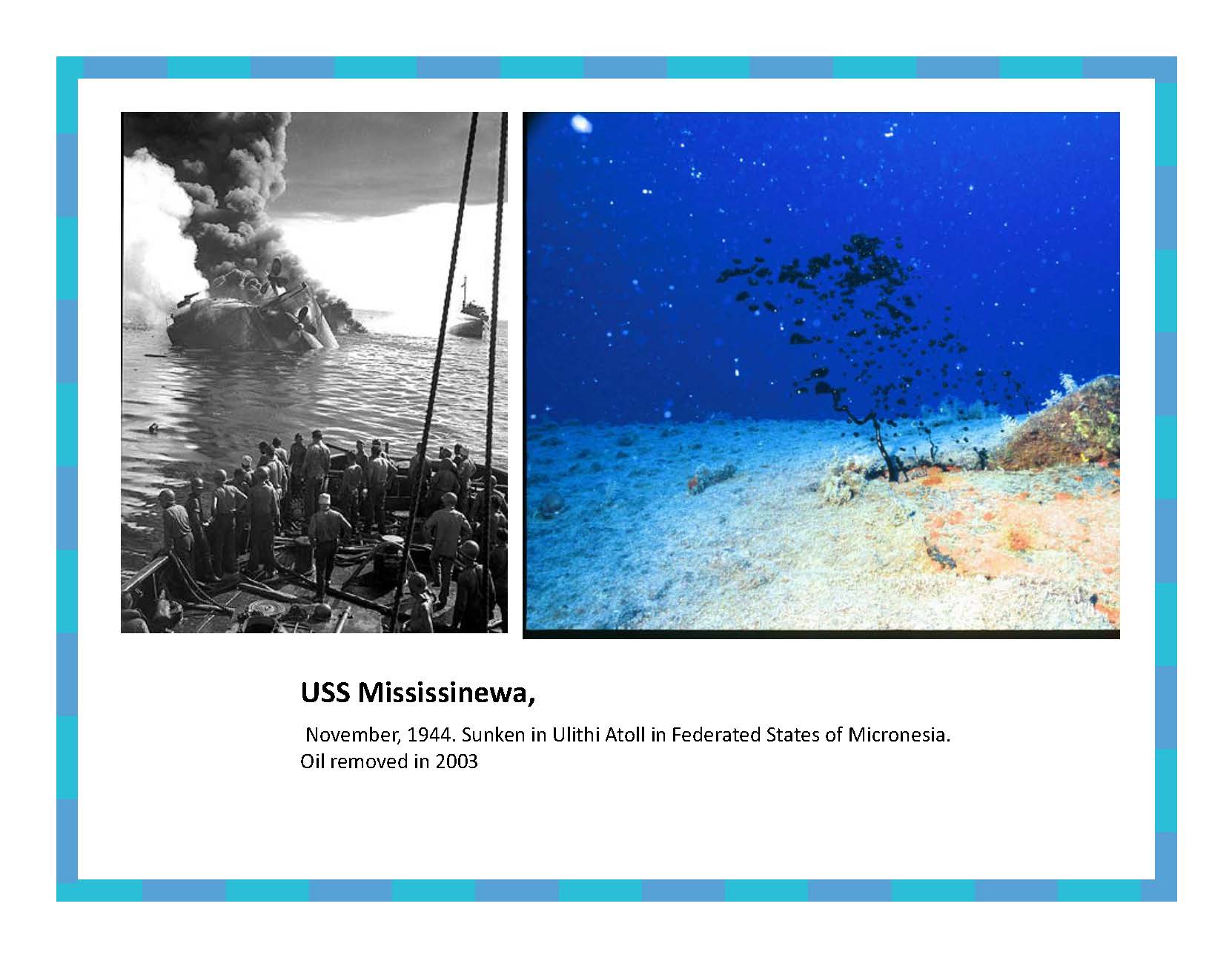
In the end, while we know the potential environmental problem is bunker fuel, hazardous cargo, ammunition, equipment containing hazardous materials, etc. still on or within sunken military craft (including merchant vessels), we do not know with certainty who is potentially responsible for preventing harm to environmental health, and/or who is liable in the event of such harm. And, we have to balance the historical and/or cultural value of the wrecks of WWII in the Pacific? How does clean up and pollution prevention respect heritage and military gravesite status of the sunken military craft? We at The Ocean Foundation appreciate this kind of opportunity to educate and collaborate in answering these questions and designing a framework to resolve potential conflicts.
